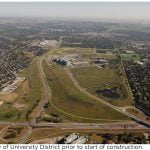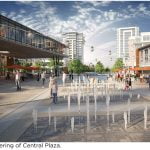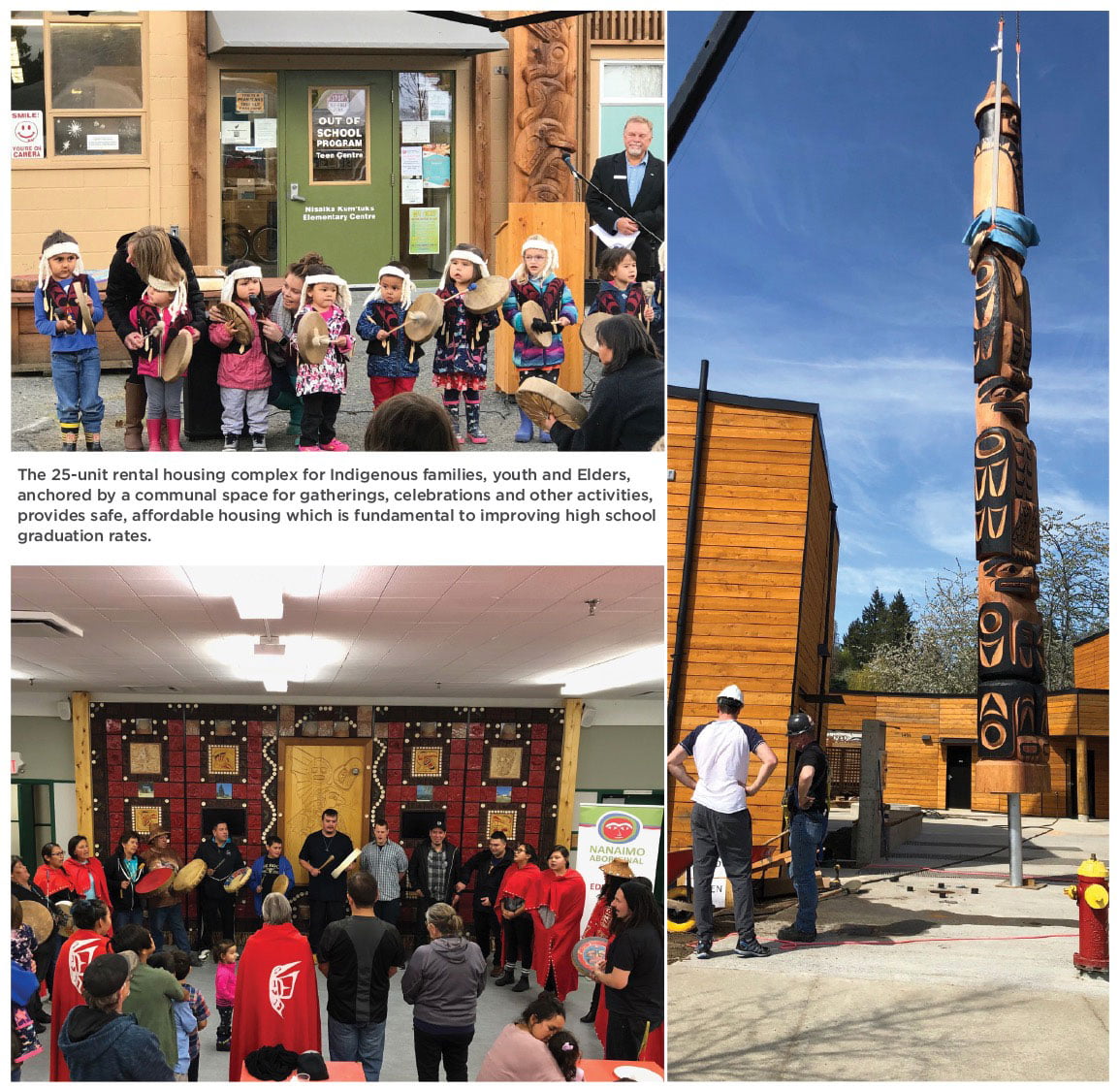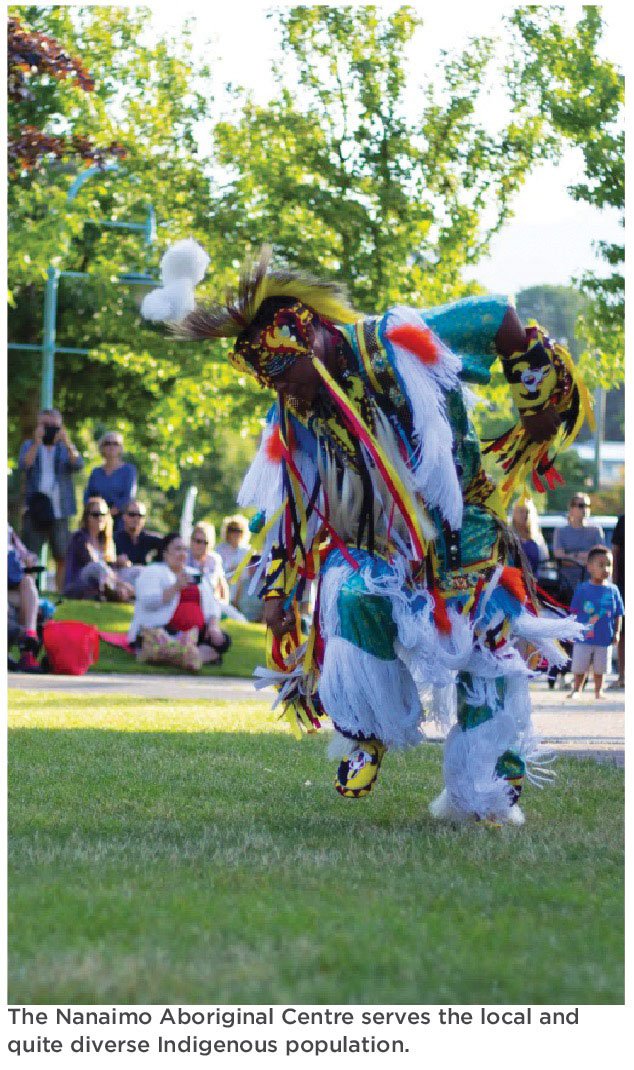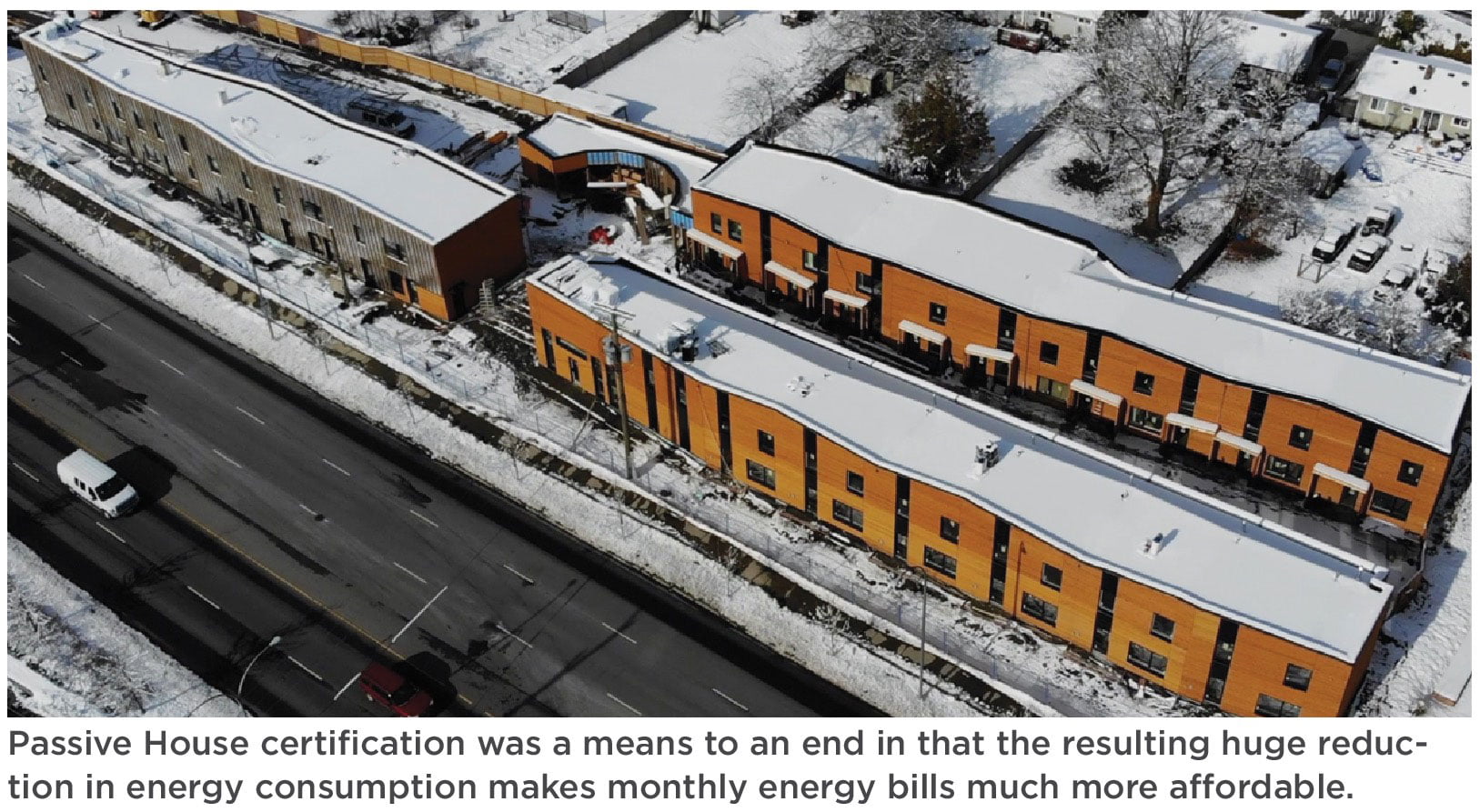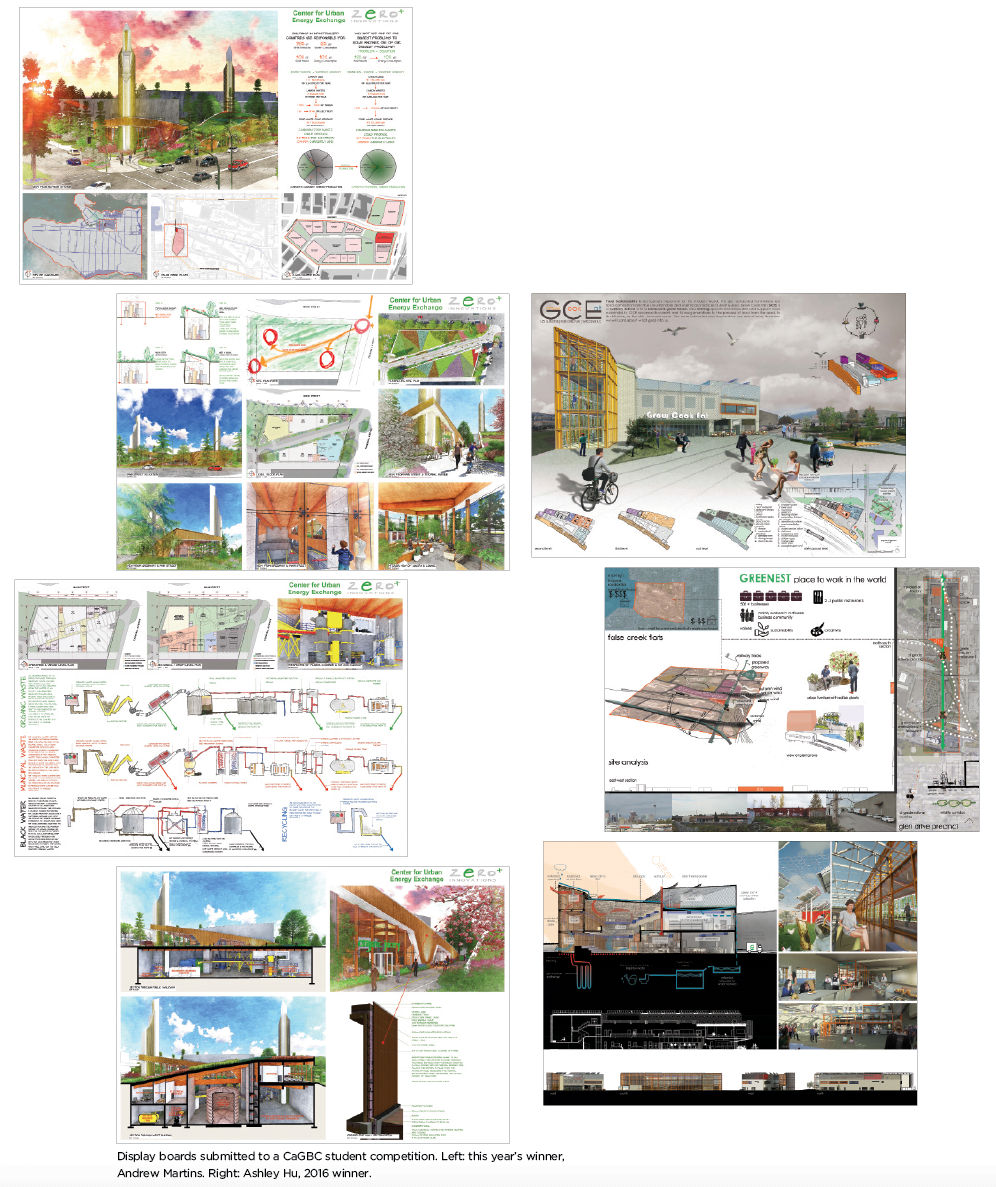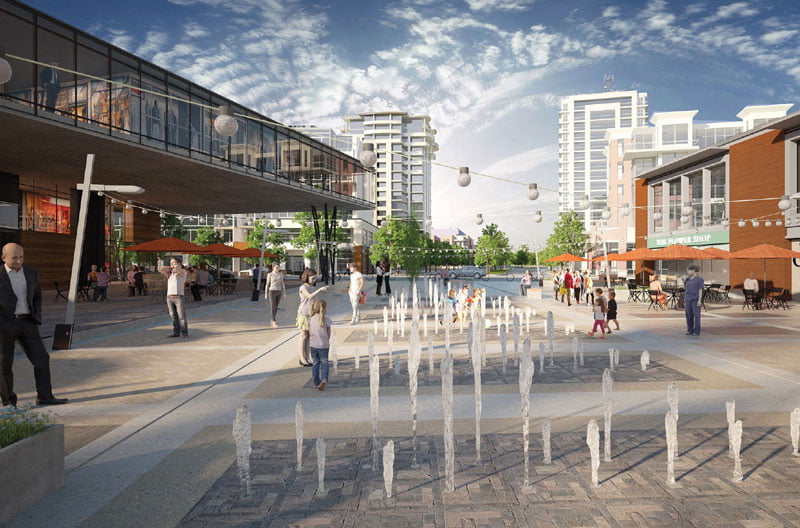
University District, a new 80-hectare mixed-use neighbourhood in northwest Calgary, welcomed its first residents in 2018. The masterplan for the community was created by West Campus Development Trust (WCDT) through a public engagement process that set new standards of authenticity and transparency for projects of this type. The process helped WCDT to refine its plans, build trust with stakeholders and attract buyers.
Transparency Builds Trust
The traditional approach to redevelopment has been “design and defend,” where the developer finalizes a plan and then reveals it to the public. The trouble with design and defend is that it can spark resistance and resentment in neighbours and other stakeholders.
Rather than designing and defending, James Robertson, President &CEO for WCDT and his team adopted a “transparency builds trust” approach.
Stakeholder Working Groups
The land that became University District is surrounded by five established neighbourhoods, the Foothills Medical Centre and it’s also home to the Alberta Children’s Hospital, the Ronald McDonald House and the University of Calgary. WCDT decided to establish relationships with all these stakeholders as early in the process as possible. WCDT recognized early on that you can’t just come into an area in the middle of established, well-loved communities and assume you can build whatever you want.
In redevelopment projects, the developer usually begins to meet the public as part of the land use re-designation application process. For University District, the public engagement project began well in advance of this stage, with a series of Stakeholder Working Groups. Each of these meetings, which functioned more like committees than open houses, focused on a single element of community design.
Each event included representatives from the surrounding communities and the main stakeholders, as well as the WCDT design team. This ongoing interaction was invaluable in building constructive relationships and helping to align the project goals with community needs.
Each Stakeholder Working Group opened with a review of the decisions made at the last meeting. WCDT set clear deadlines for feedback so that stakeholders understood their responsibilities. When it came time for the City’s public hearing on the land-use re-designation, there was little or no opposition – an unusual situation in a city where redevelopment has often been the source of time-consuming conflict between developers and citizens.
Setting a Collaborative Tone
Next, WCDT held three open house meetings (the last of which was required by The City as part of the redevelopment application process). Breaking with tradition, each open house took place over two or three days, and in multiple locations to suit different stakeholder groups. Participants were offered different opportunities to participate, according to their individual preferences and schedules. WCDT considered it important to change the messaging from ‘the usual ‘Come to this open house to see what we’re doing,’ to ‘Come to this open house to see what we’re all doing.’
At the meetings, WCDT displayed large information boards, and participants placed Post-It Notes directly on these boards to indicate approval, concerns and/or disagreements. The WCDT team would then photograph the boards, compile all the feedback (positive and negative) and report it back to the participants and communities. These notes were also given to the WCDT design team to analyze and consider.
Recognizing that not everyone can attend meetings, and the opinions offered may not represent the views of everyone affected by the development, WCDT also posted an online survey, set up storefront information booths, and wrote letters directly to communities soliciting questions and comments.
This inclusive approach to engagement proved popular with the public. During the approvals process, all five surrounding communities submitted a letter to the City of Calgary expressing their support for the University District Plans – an unusual, perhaps unprecedented, expression of support.
This article, originally published by Smarter Growth, a program of the BUILD Calgary Region initiative, was adapted for SABMag by Maureen Henderson, Director of Marketing and Communications for the West Capus Development Trust.
SUBSCRIBE TO THE DIGITAL OR PRINT ISSUE OF SABMAGAZINE FOR THE FULL VERSION OF THIS ARTICLE.
